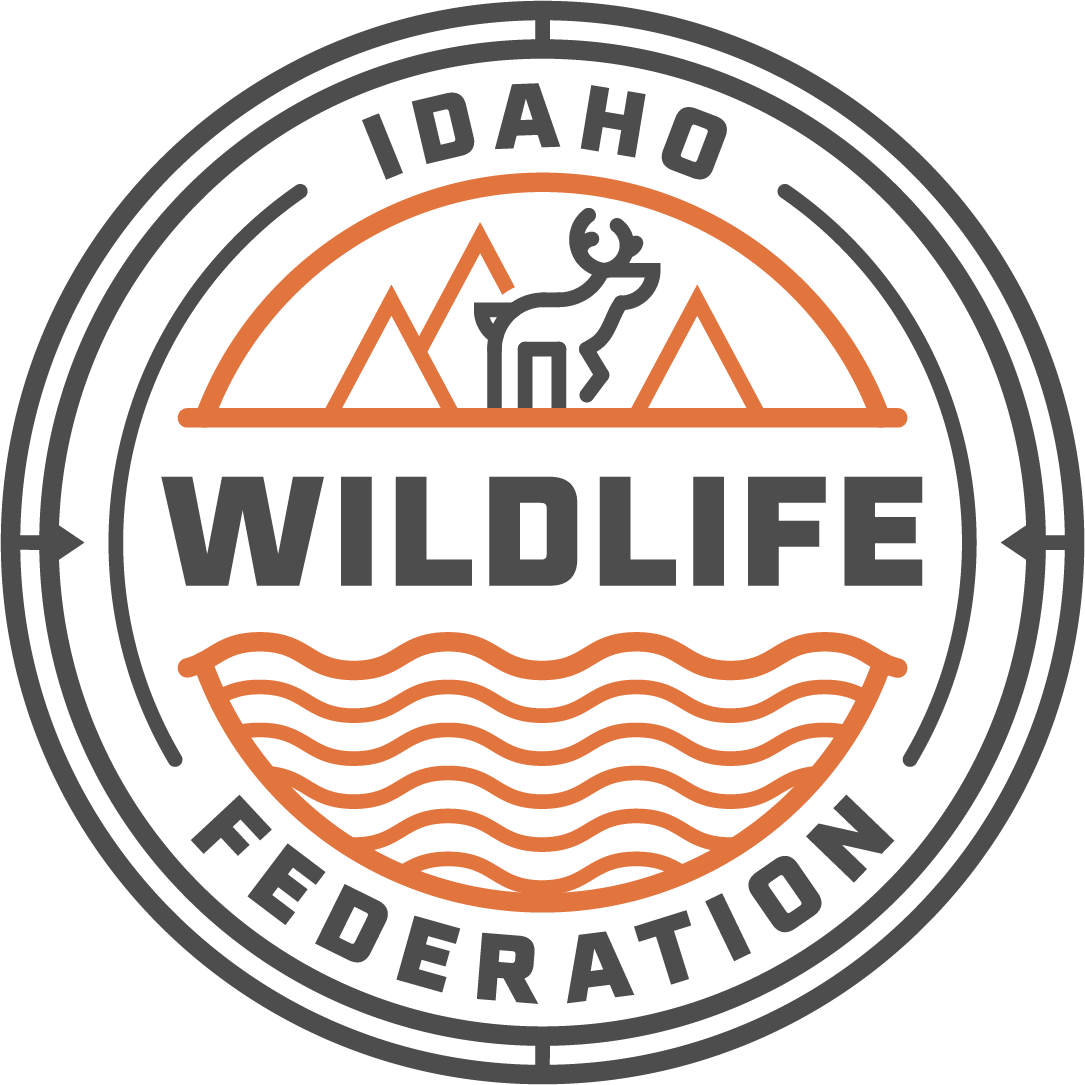You Asked: What's A Backcountry Conservation Area?
The Bureau of Land Management is Idaho’s largest land manager, covering 22% of the state’s land area or 12 million acres. The agency manages public land through a broad and diverse multiple use mandate, where recreation, rangeland, timber, minerals, water, and fish and wildlife all have a place on the landscape. Pursuant to the Federal Land Policy and Management Act (FLPMA), the BLM develops land management blueprints called Resource Management Plans (RMP) that establish goals and objectives to guide actions on public land.
Many of Idaho’s RMPs are over 30 years old and in need of revision. The revision process is a lengthy public process where sportsmen and women can speak up for the landscapes they care deeply about and how they would like to see it managed for the next generation. For years, IWF engaged on the Four Rivers RMP revision process to ensure that emerging wildlife migration data and science is integrated into land management decisions.
In August (after almost a decade), the Four Rivers Resource Management Plan was finalized, including Idaho’s first Backcountry Conservation Area in the Bennett Hills totaling 120,800 acres.
READ IWF’S ANNOUNCEMENT OF THE BENNET HILLS BACKCOUNTRY CONSERVATION AREA
So what is a Backcountry Conservation Area (BCA)? What does it mean for big game species?
Backcountry conservation is a management theme that has emerged in recent years that can be integrated into RMP revision or amendment efforts, like what we just saw with the Four Rivers RMP revision.
The purpose of backcountry conservation management is to:
Protect, conserve, restore, and enhance larger areas of generally intact and undeveloped BLM-managed lands that contain functional, unfragmented habitats and migration/movement corridors for recreationally-important fish and/or wildlife species, and
Provide for high-quality wildlife-dependent recreation associated with those species, such as hunting, fishing, trapping, and wildlife watching in the portion of the area under consideration where management of wildlife and recreation can be enhanced.
A BCA management theme also directs the BLM to work closely with Idaho Department of Fish & Game (IDFG) to “fully consider state priorities for wildlife population management objectives, hunter/angler access needs, wildlife and habitat management recommendations, and research.”
It’s important to note that even though managers prioritize conserving functional habitat for fish and wildlife and hunting, fishing, and trapping opportunities for lands under the Backcountry Conservation Area umbrella- it can also include compatible uses such as grazing, vegetation management, and OHV designations to provide adequate public access.
In the case of the Bennett Hills, this landscape contains high value, functional habitat for wintering mule deer, excellent upland bird hunting opportunities, and generally a lower density of developed roads- a perfect fit to be managed as a Backcountry Conservation Area.
There are many other landscapes across our state worthy of consideration as Backcountry Conservation Areas. As the BLM chips away at revising other Resource Management Plans, IWF will continue to advocate to incorporate this management theme in the highest value fish and wildlife areas that sportsmen and women cherish.



